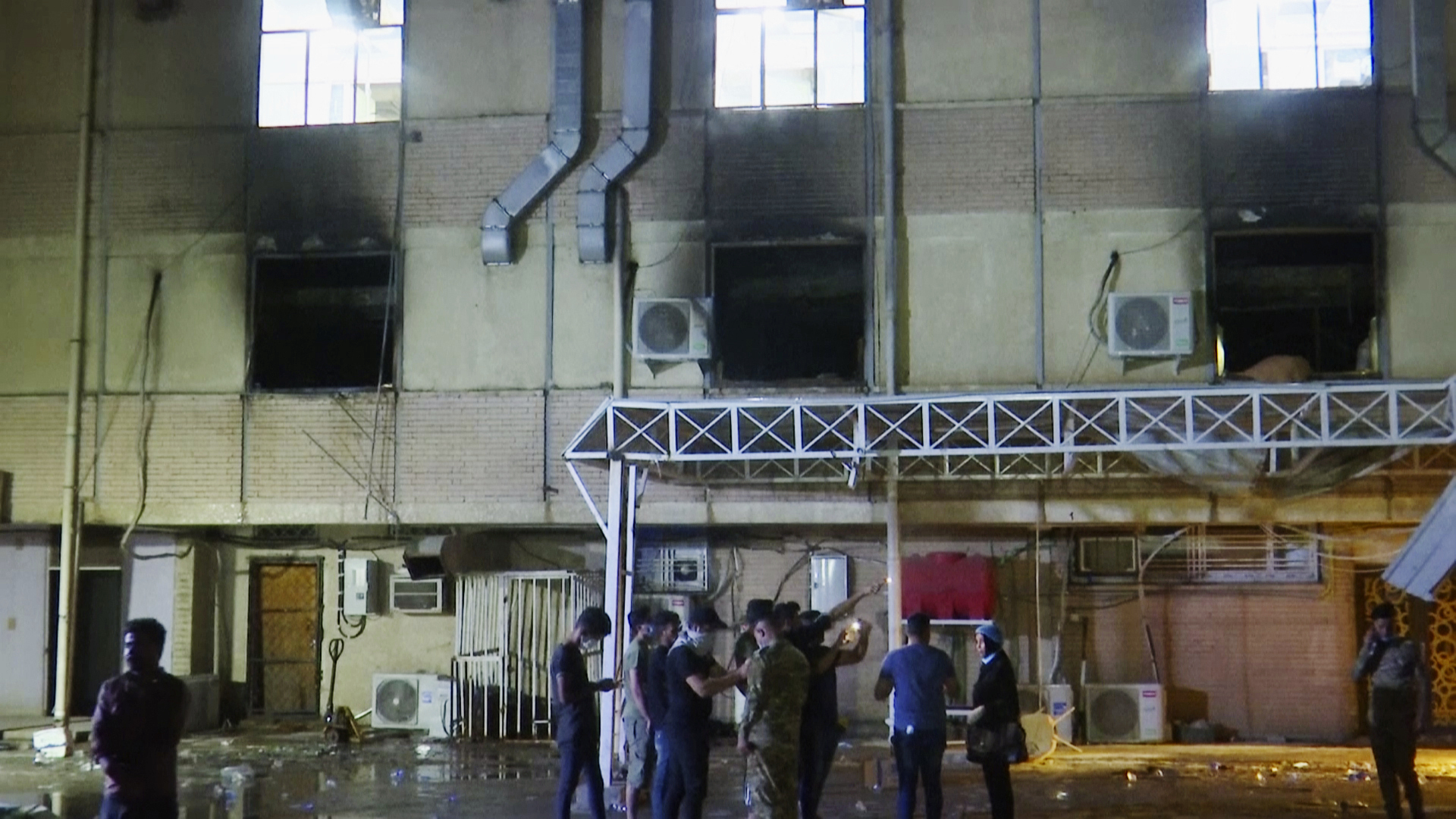Philippine death toll tops 140 as typhoon heads towards Vietnam
 Photo: AFP / Social Media
Photo: AFP / Social MediaBy Faith Brown, Cecil Morella AFP
Typhoon Kalmaegi killed at least 140 people and left another 127 missing after unleashing devastating flooding across the central Philippines, official figures showed Thursday, as the storm headed towards Vietnam.
Floodwaters described as unprecedented rushed through Cebu province’s towns and cities this week, sweeping away cars, riverside shanties and even massive shipping containers.
The national civil defence office confirmed on Thursday 114 reported deaths, though that tally did not include an additional 28 recorded by Cebu provincial authorities.
In Liloan, a town near Cebu City where 35 bodies have been recovered from flooded areas, AFP reporters saw cars still piled atop each other by floodwaters and roofs torn off buildings as residents attempted to dig out of the mud.
Christine Aton’s sister Michelle, who has a disability, was among Liloan’s victims, trapped in her bedroom as the floodwaters rose inside their house.
“We tried to pry open (her bedroom door) with a kitchen knife and a crowbar but it wouldn’t budge…. Then the refrigerator started to float,” Aton, 29, said.
“I opened a window and my father and I swam out. We were crying because we wanted to save my older sister.
“But my father told me we couldn’t do anything for her, that all three of us might end up dead.”
On neighbouring Negros Island, where at least 30 people were killed, Kalmaegi’s driving rain loosened volcanic mudflow that buried homes in Canlaon City, police Lieutenant Stephen Polinar told AFP on Wednesday.
“Eruptions of Kanlaon volcano since last year deposited volcanic material on its upper sections. When the rain fell, those deposits rumbled down onto the villages,” he told AFP.
The national death tally included six crew members of a military helicopter that crashed while on a typhoon relief mission.
– ‘The water was raging’ –
On Wednesday, residents of Cebu’s most-affected areas were busily cleaning up streets that had been rivers less than 24 hours earlier.
“Around four or five in the morning, the water was so strong that you couldn’t even step outside,” said Reynaldo Vergara, 53, adding that everything in his small shop in Mandaue had been lost when a nearby river overflowed.
“Nothing like this has ever happened. The water was raging.”
In nearby Talisay, where an informal settlement along a riverbank was washed away, AFP found 26-year-old Regie Mallorca already at work rebuilding his home.
“This will take time because I don’t have the money yet. It will take months,” he said as he mixed cement and sand atop the rubble.
The area around Cebu City was deluged with 18.3 centimetres (around seven inches) of rain in the 24 hours before Kalmaegi’s landfall, well over its 13.1 centimetre monthly average, weather specialist Charmagne Varilla told AFP.
On Tuesday, provincial governor Pamela Baricuatro called the situation “unprecedented” and “devastating”.
Scientists warn that storms are becoming more powerful due to human-driven climate change. Warmer oceans allow typhoons to strengthen rapidly, and a warmer atmosphere holds more moisture, meaning heavier rainfall.
In total, nearly 800,000 people were moved from the typhoon’s path.
– ‘Urgent and dangerous’ –
Kalmaegi was gathering strength on Thursday as it headed towards neighbouring Vietnam, where fear was mounting that the typhoon could compound the damage of a week of flooding that has already claimed 47 lives.
As of 8 am, the storm boasted windspeeds of 155 kilometres (96 miles) per hour and gusts of up to 190 kph.
The typhoon is forecast to make landfall in central Vietnam late Thursday, bringing waves as high as eight metres (26 feet) and powerful storm surges, according to the national weather bureau.
Deputy Prime Minister Tran Hong Ha urged local authorities to treat Kalmaegi as “urgent and dangerous”, calling it “a very abnormal” storm in a statement Wednesday.
Ten typhoons or tropical storms usually affect Vietnam, directly or offshore, in a given year, but Typhoon Kalmaegi is set to be the 13th of 2025.
The Philippines has already reached its average of 20 such storms a year with Kalmaegi, weather specialist Varilla told AFP, adding at least “three to five more” storms could be expected by December’s end.











